VINTAGE ANTIQUE OLD GOLD AND SILVER THEVA WORK NECKLACE PENDANT FROM RAJASTHAN NORTHERN INDIA. BEAUTIFUL DETAILED LORD RADHA-KRISHNA DESIGN, WORK ON RED COLOR GLASS IS MADE OF 24 KARAT SOLID GOLD AND REST IS MADE OF STERLING SILVER AND 22 KARAT GOLD VERMEIL. TOTAL LENGTH OF NECKLACE-48 CM(18.9") WE CAN ADJUST LENGTH, SIZE OF CENTER PENDANT-4.5/2 CM(INC. DANGLES),TOTAL WEIGHT OF PIECE -90 GRAMS. About THEVA work.... Theva, often confused with enameling, is in fact completely different in appearance as well as technique. For generations, artisans in Pratapgarh have produced extraordinary objects of ornamental and utility value using the Theva technique. In the district of Chittorgarh, in south Rajasthan, nestles a small estate named Deolia. It was founded by Prince Bika, a scion of the Royal family of Mewar. Having long cherished the desire to rule independently, he moved away to the borderland between Mewar, Malwa and Bagar. After defeating Devi Mini, the tribal queen, who ruled the region, he founded Deolia in 1561. The rule in Deolia however was short lived, as the scarcity of drinking water compelled the royal family to move to the new capital Pratapgarh, 16 kilometers to the east. The fortified town of Pratapgarh is mostly surrounded by Bhil and Mina villages. As the town flourishes on a near barter economy of transaction between the tribals of the nearby villages and the money lending "Bora" shopkeepers (who largely inhabit the land), it is rather incredible that the famous art of Theva work has been flourishing here for generations. The art of Theva work came to be in Pratapgarh four hundred years ago and has ever since developed under the patronage it received from the rulers. In the late 19th and early 20th century Theva work was erroneously described as a form of enameling by the surveyors of arts and crafts of India. In fact, it does not resemble enameling either in appearance or technique. For generations the artisans have produced extraordinary objects of ornamental and utility value. The colors of glass used commonly, are red, blue and green, due to the non-availability of other colors. The desired piece of glass is encased in a frame of gold plated silver wire. A paper-thin sheet of gold, of the same size as the glass, is cut and a free hand sketch of floral or historical motifs is made on it, by special tools. It is then dipped in acid for a while and washed thoroughly with water. A mixture of cinnamon oil and another material known as 'Ratti' is brushed at the back, to prevent the metal from melting. The glass is then semi fused and the pattern in gold is carefully slipped over the edge and pressed onto the surface of the glass. The ornamental piece is reheated, till the gold and glass join firmly together. A thin silver foil is fixed on the other side, in order to give it a uniform luster. The simple raw materials and technique used stand in sharp contrast to the high quality effect of the finished object; no other form of art depicts with such meticulous detail the day-to-day life, legends, battlefields and hunting scenes on such a tiny surface. Because of the royal patronage, the themes and symbols used reflected the taste and concerns of royalty. Some of the common motifs are the hunting scene with elephants and palanquins, deer and lions, Maharana Pratap riding his famous horse Chetak, soldiers engaged in war, Krishna with his gopis, peacocks and royal weddings. The most exquisite articles of Theva work can be seen in the Metropolitan Museum, New York. These articles were made about 100 years ago. There is a large plaque in the collection of the Geological Museum in London and the Queen of England has, in her personal belongings, an intricate casket, with extremely narrative panels. The Theva work is one of the many fine examples of our glorious past and also a constant reminder of our heritage, where human skill was nurtured with supreme precision and care. 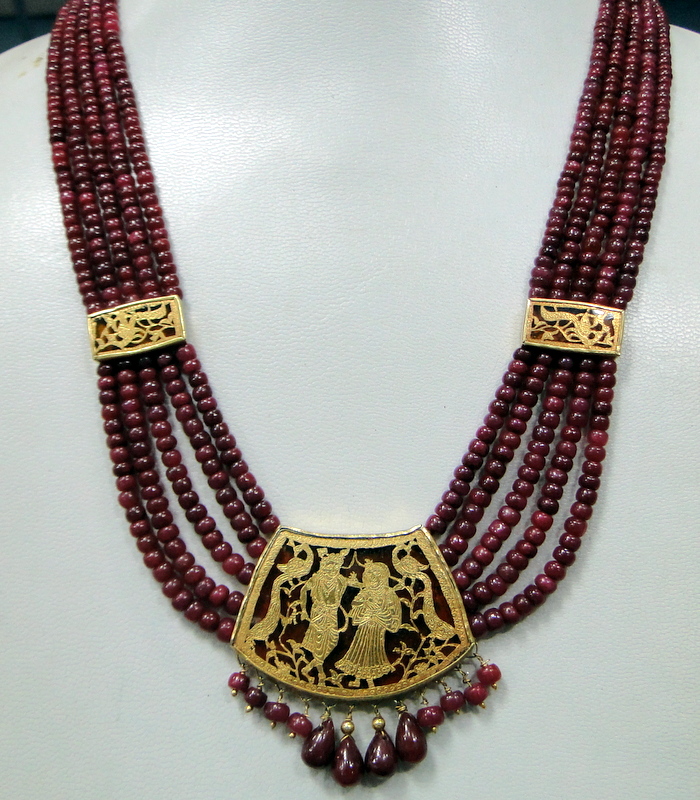

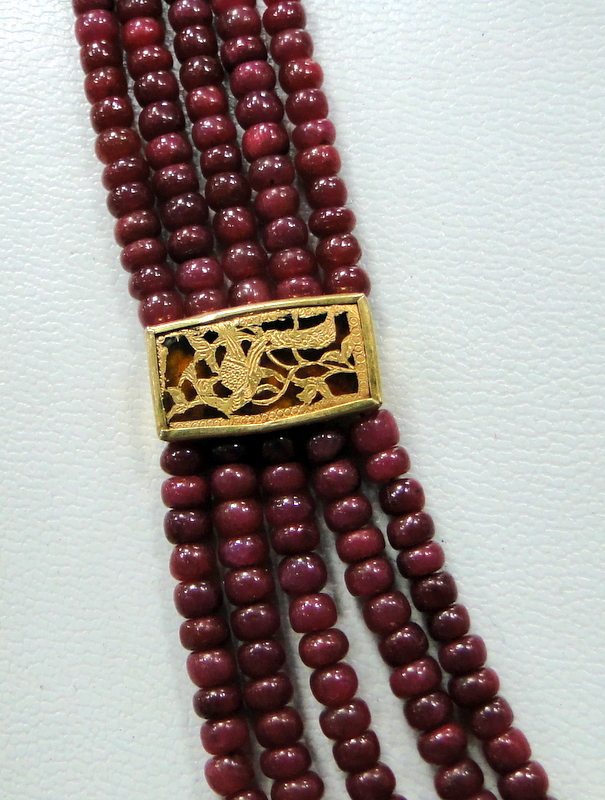
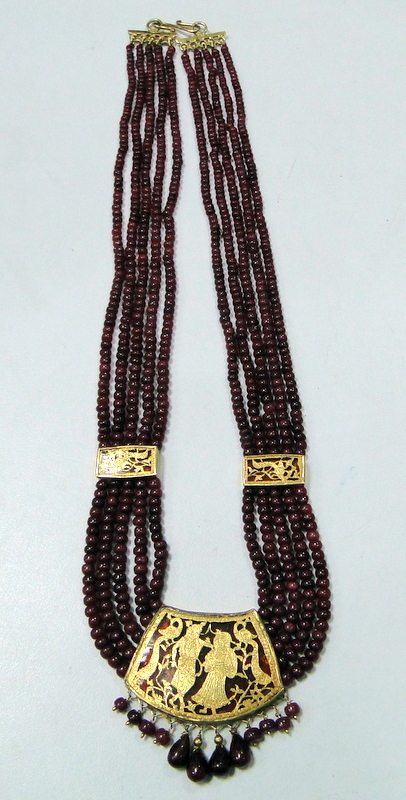
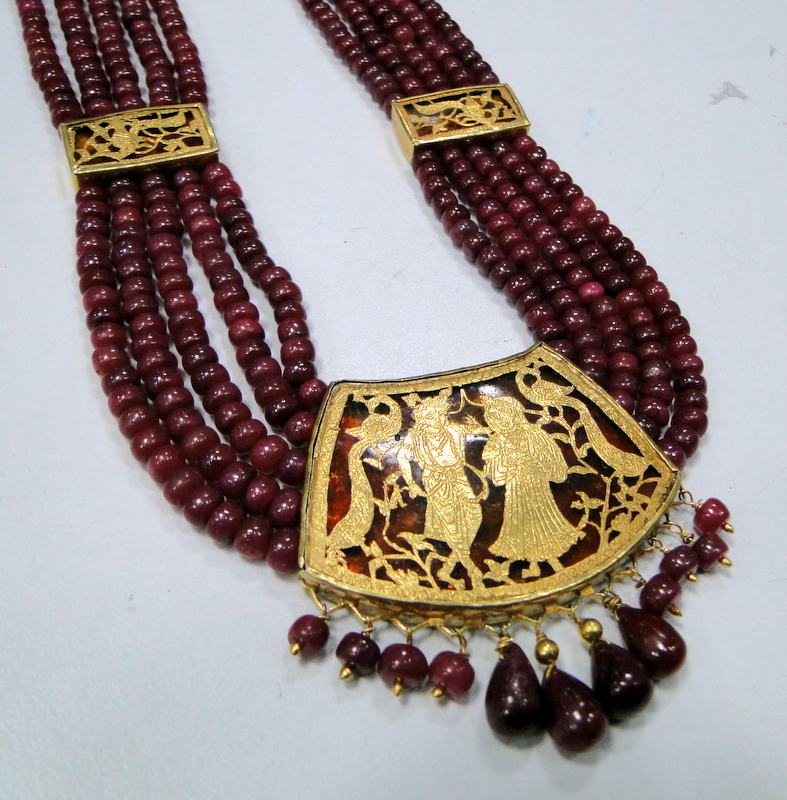

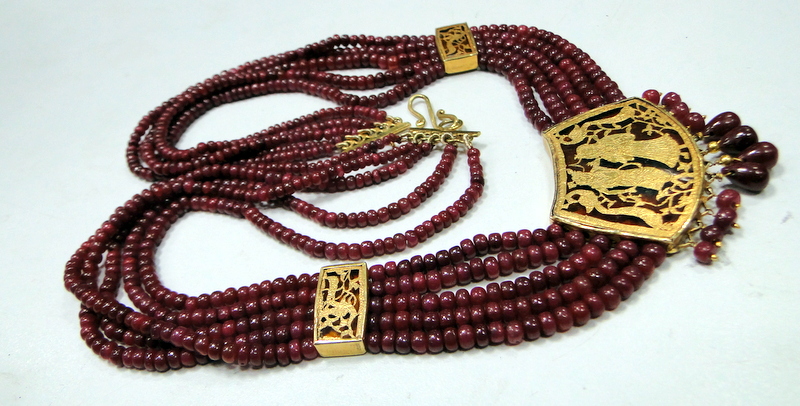
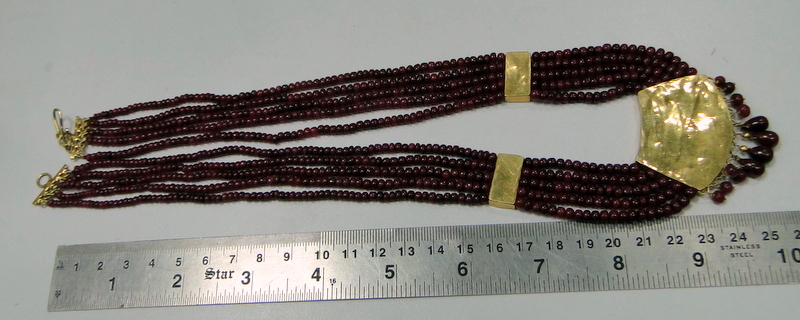
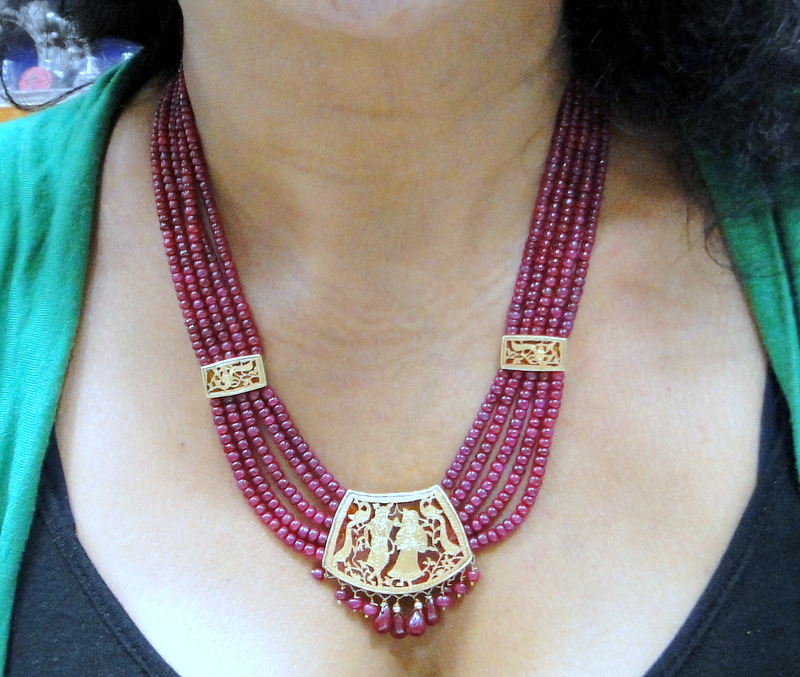
Payment:
We prefer payment by Paypal or Bank transfer. We usually ship items the next working day after cleared funds are received. You may be liable for custom tax or other local charges if any.We take great pride in our packaging and ship worldwide, as you will see from our feedback! We aim to be as quick and efficient as possible at the lowest cost to you and we are always happy to combine shipments to reduce costs further. All buyers please send complete address with pin code and phone numbers.
Return policy:
Your bid is a contract to purchase and you are bidding to buy, not to view on approval. If you change your mind having received the item, then we are unable to offer a refund. We endeavor to accurately describe all of our items, but in the rare event that we have made a mistake and the item received is not as described, we will refund all the buyer's costs upon return of the item.
Feedback:
We leave honest feedback for all of our customers and believe this is an essential part of eBay trading and politely request you do the same for us. If in the unlikely event you have a problem with any item supplied by us then please contact us first and discuss the matter, rather than leaving negative feedback. We treat any problem with goods or service very seriously and you WILL receive IMMEDIATE attention.









Payment:
We prefer payment by Paypal or Bank transfer. We usually ship items the next working day after cleared funds are received. You may be liable for custom tax or other local charges if any.We take great pride in our packaging and ship worldwide, as you will see from our feedback! We aim to be as quick and efficient as possible at the lowest cost to you and we are always happy to combine shipments to reduce costs further. All buyers please send complete address with pin code and phone numbers.
Return policy:
Your bid is a contract to purchase and you are bidding to buy, not to view on approval. If you change your mind having received the item, then we are unable to offer a refund. We endeavor to accurately describe all of our items, but in the rare event that we have made a mistake and the item received is not as described, we will refund all the buyer's costs upon return of the item.
Feedback:
We leave honest feedback for all of our customers and believe this is an essential part of eBay trading and politely request you do the same for us. If in the unlikely event you have a problem with any item supplied by us then please contact us first and discuss the matter, rather than leaving negative feedback. We treat any problem with goods or service very seriously and you WILL receive IMMEDIATE attention.

